Per fornire le migliori esperienze, utilizziamo tecnologie come i cookie per memorizzare e/o accedere alle informazioni del dispositivo. Il consenso a queste tecnologie ci permetterà di elaborare dati come il comportamento di navigazione o ID unici su questo sito. Non acconsentire o ritirare il consenso può influire negativamente su alcune caratteristiche e funzioni.
L'archiviazione tecnica o l'accesso sono strettamente necessari al fine legittimo di consentire l'uso di un servizio specifico esplicitamente richiesto dall'abbonato o dall'utente, o al solo scopo di effettuare la trasmissione di una comunicazione su una rete di comunicazione elettronica.
L'archiviazione tecnica o l'accesso sono necessari per lo scopo legittimo di memorizzare le preferenze che non sono richieste dall'abbonato o dall'utente.
L'archiviazione tecnica o l'accesso che viene utilizzato esclusivamente per scopi statistici.
The technical storage or access that is used exclusively for anonymous statistical purposes. Without a subpoena, voluntary compliance on the part of your Internet Service Provider, or additional records from a third party, information stored or retrieved for this purpose alone cannot usually be used to identify you.
L'archiviazione tecnica o l'accesso sono necessari per creare profili di utenti per inviare pubblicità, o per tracciare l'utente su un sito web o su diversi siti web per scopi di marketing simili.


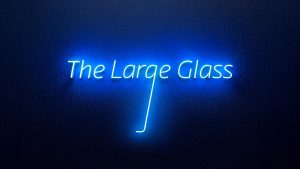
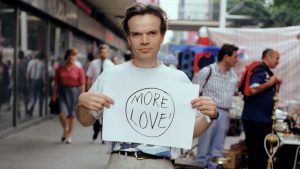
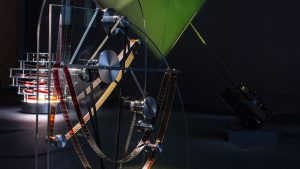
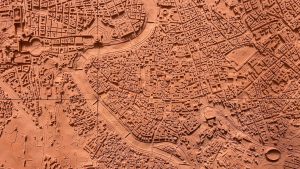


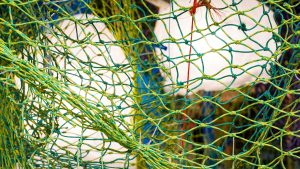
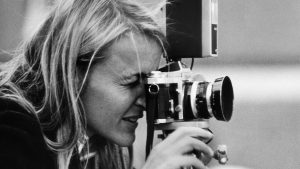

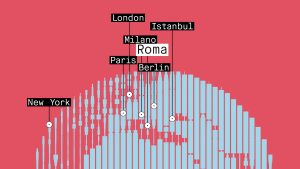
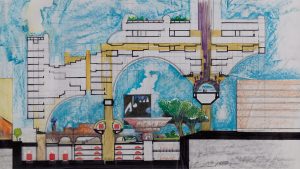
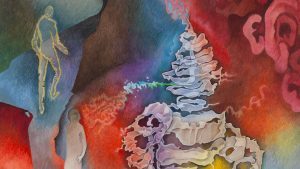

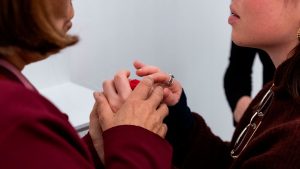
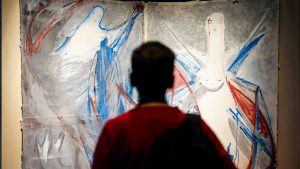
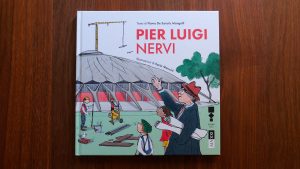
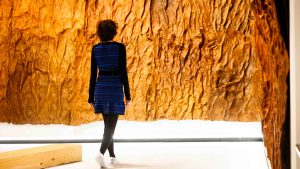
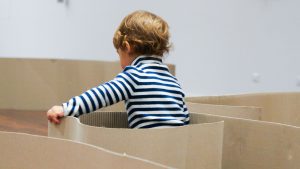
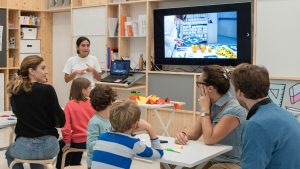
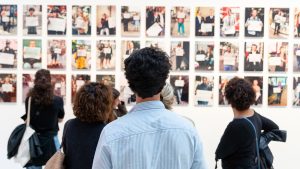
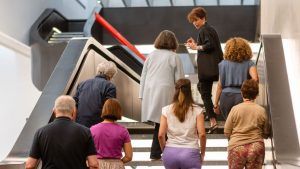
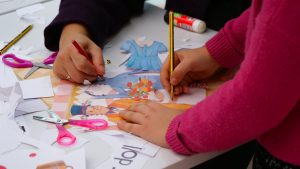

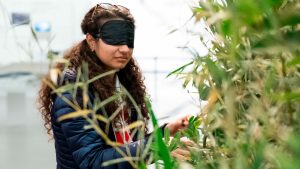
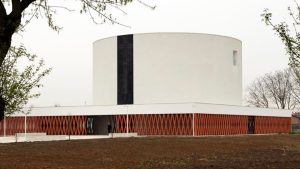
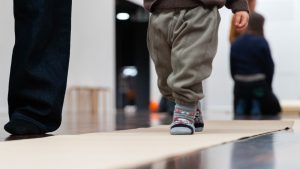
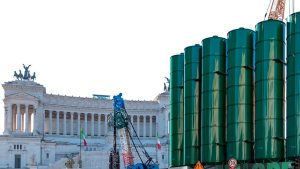
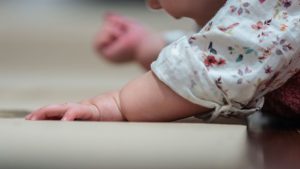
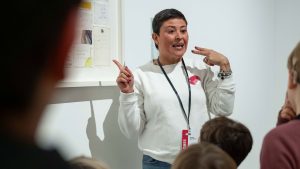
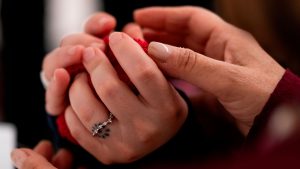


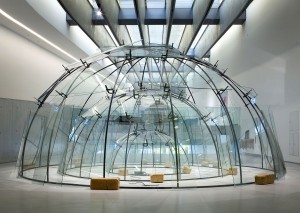
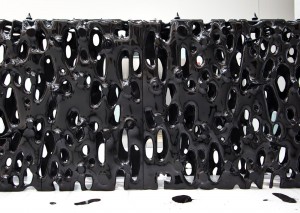
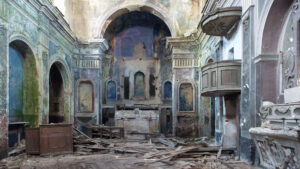


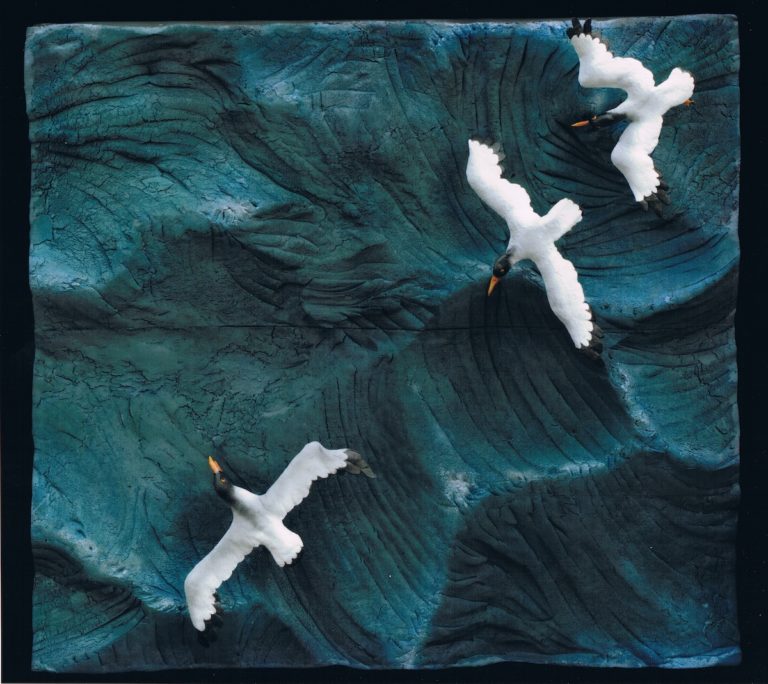
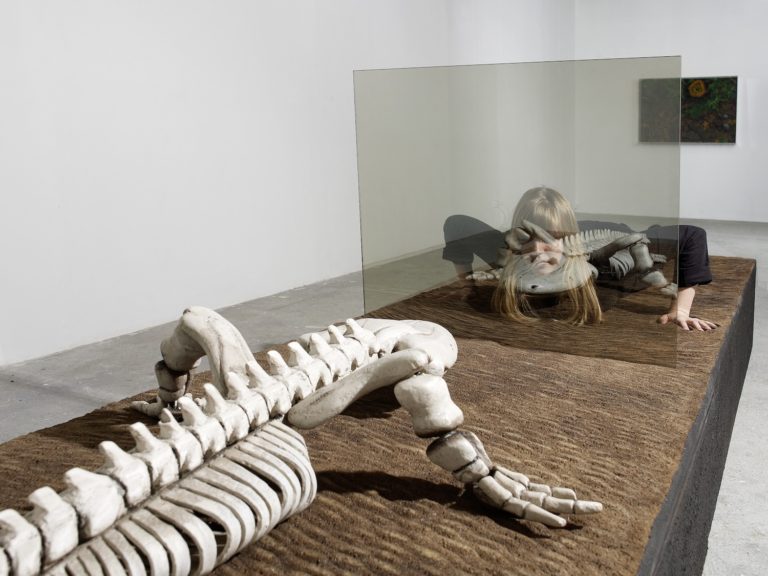
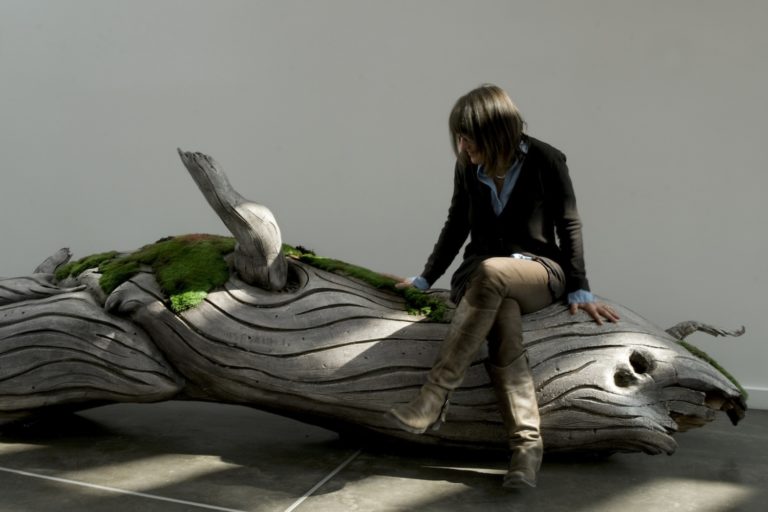
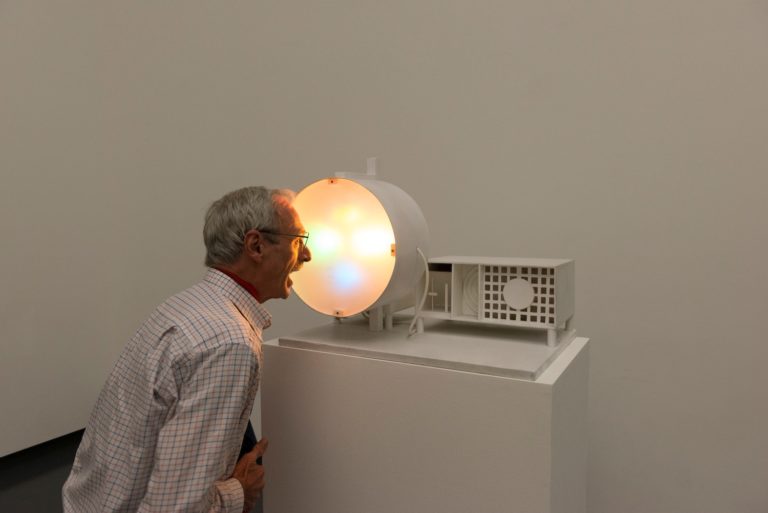
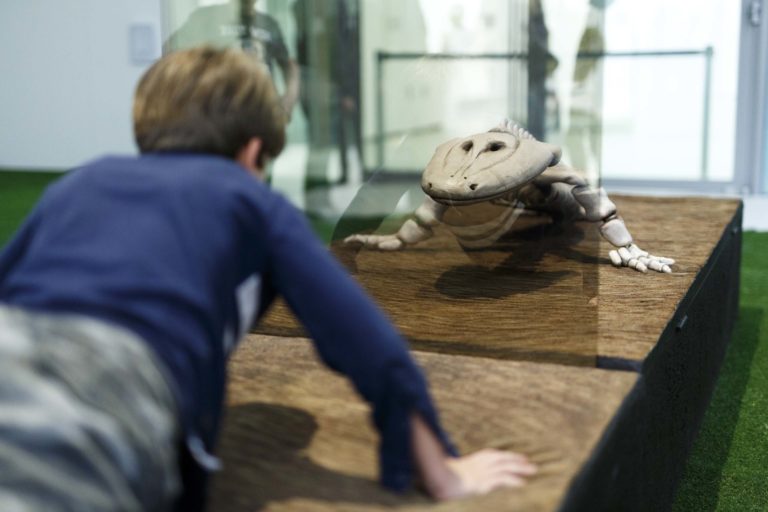
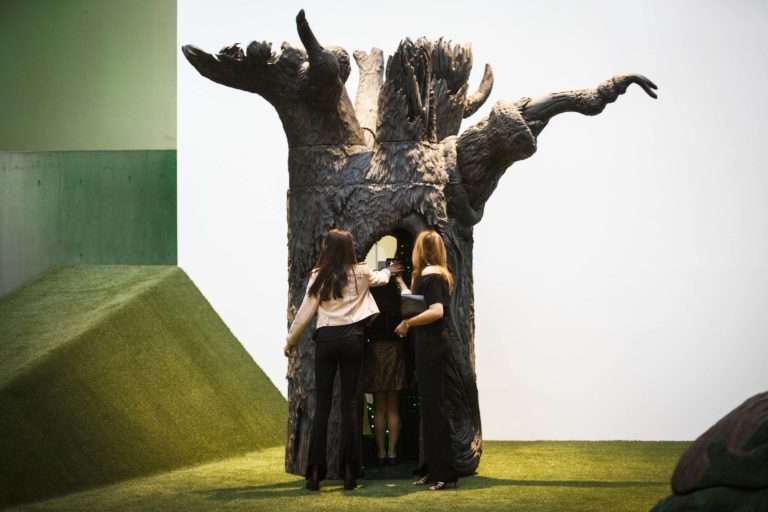
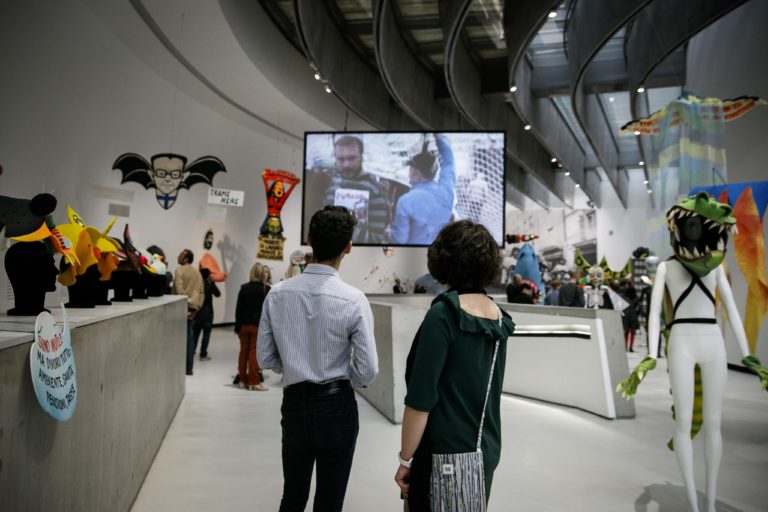
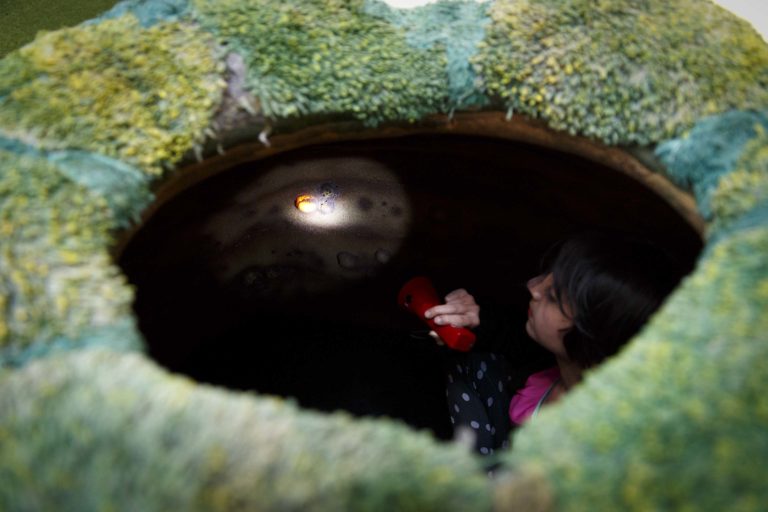
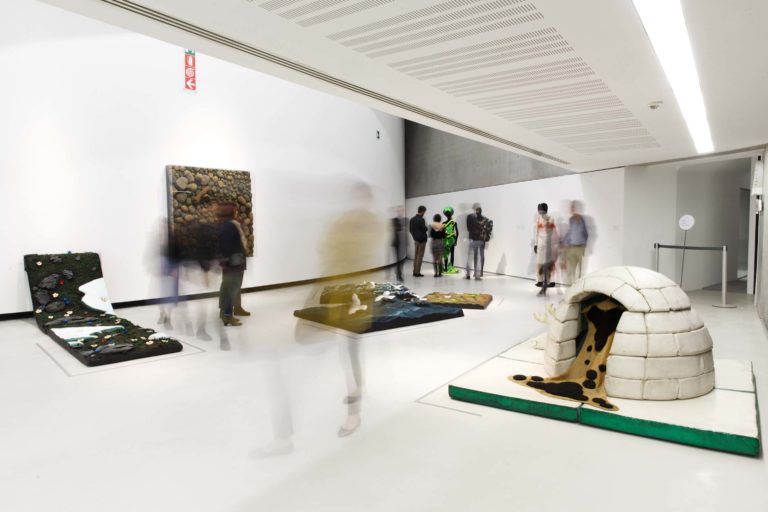
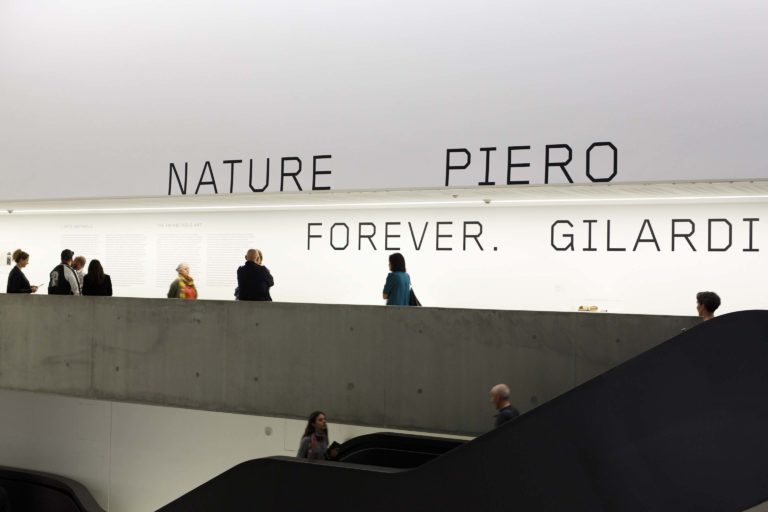
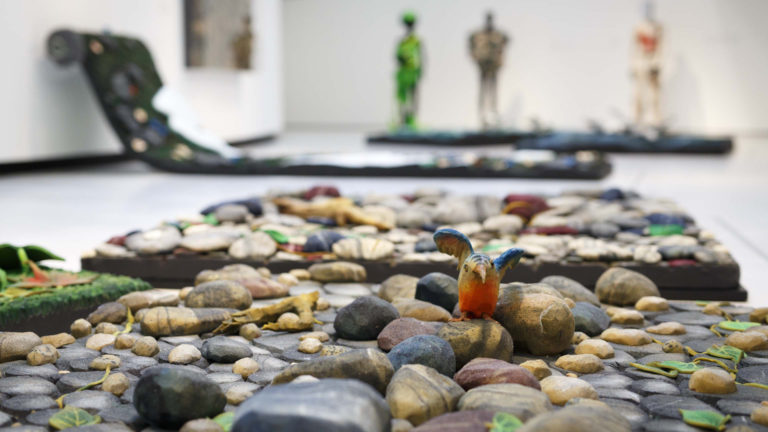
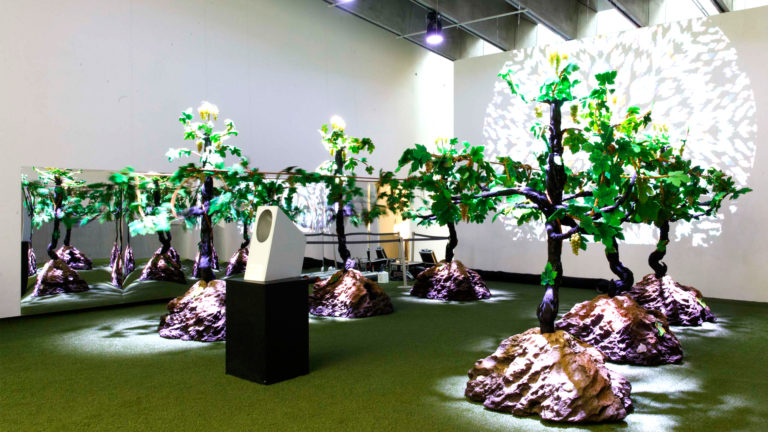
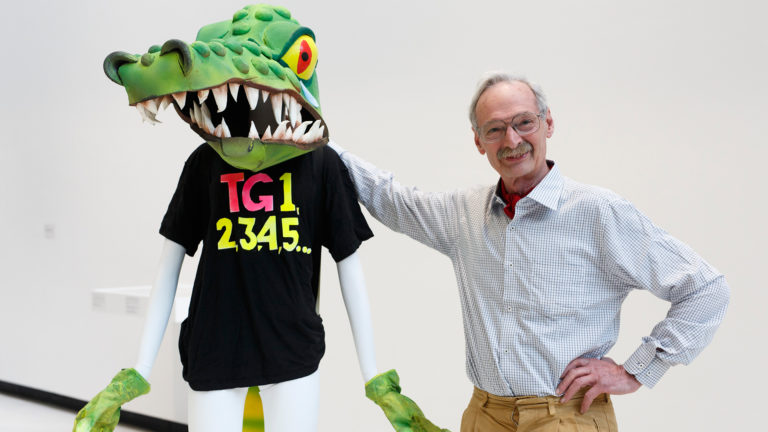
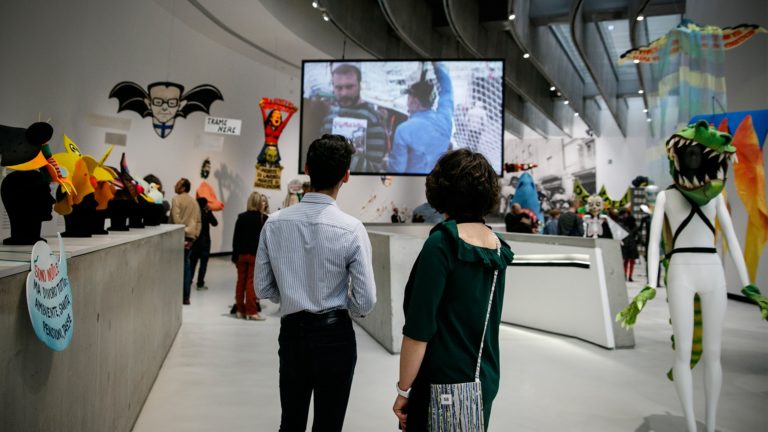
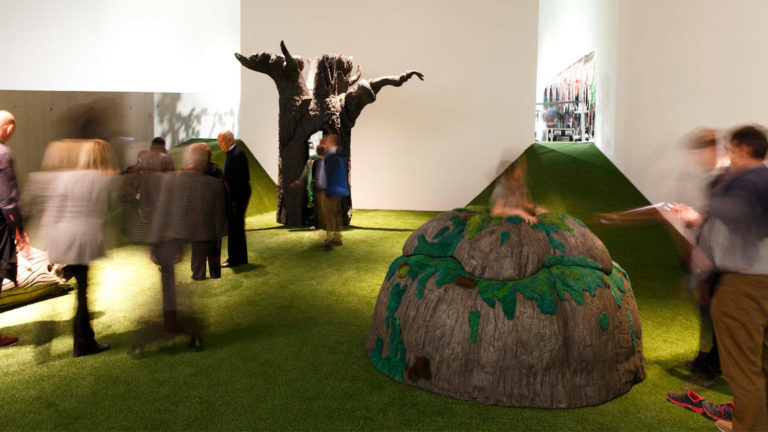
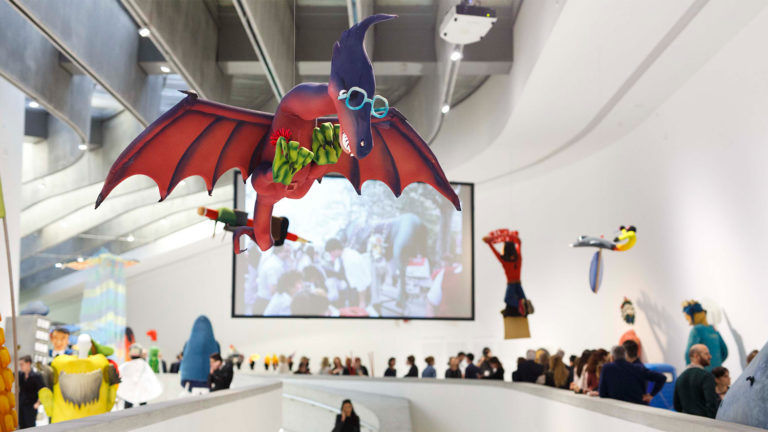
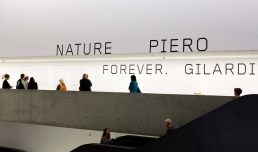
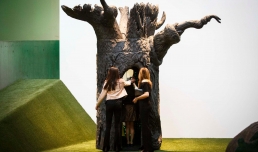
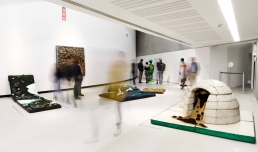
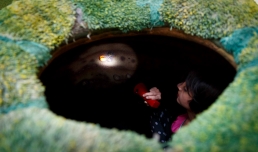
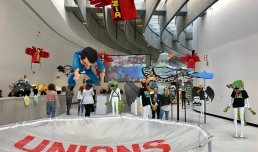

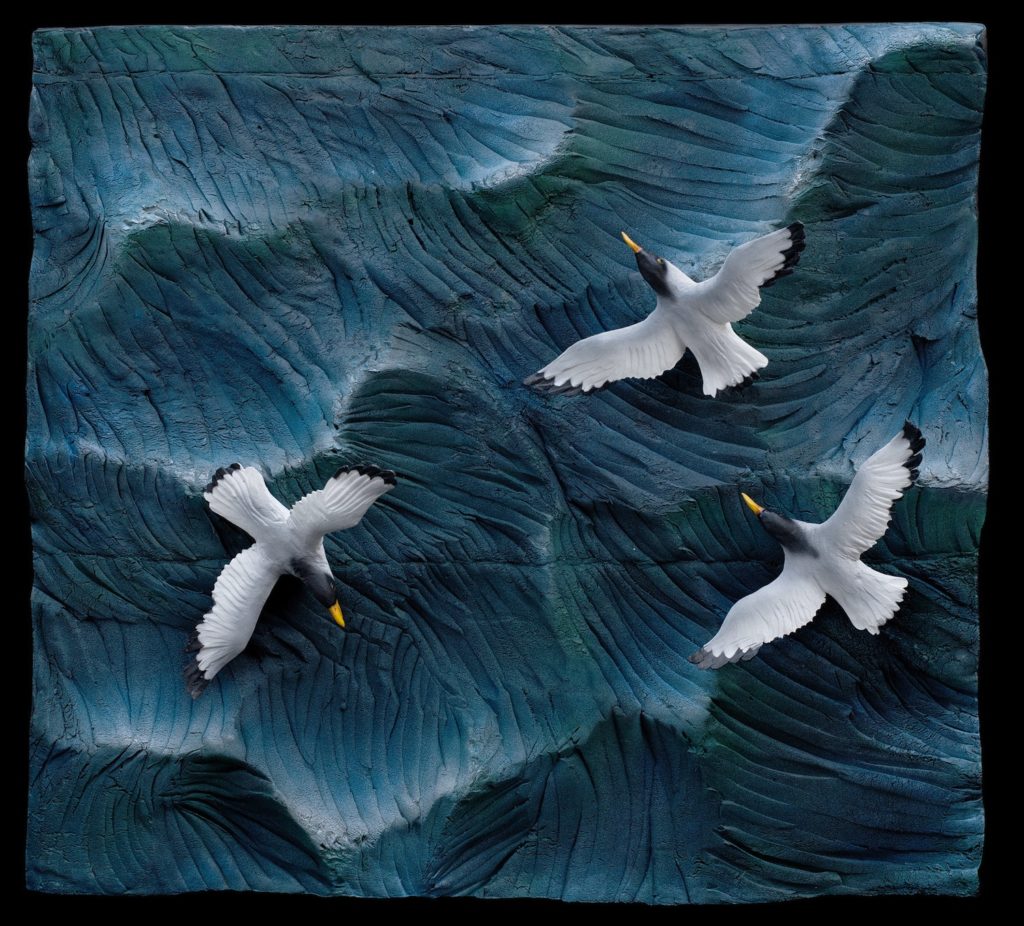
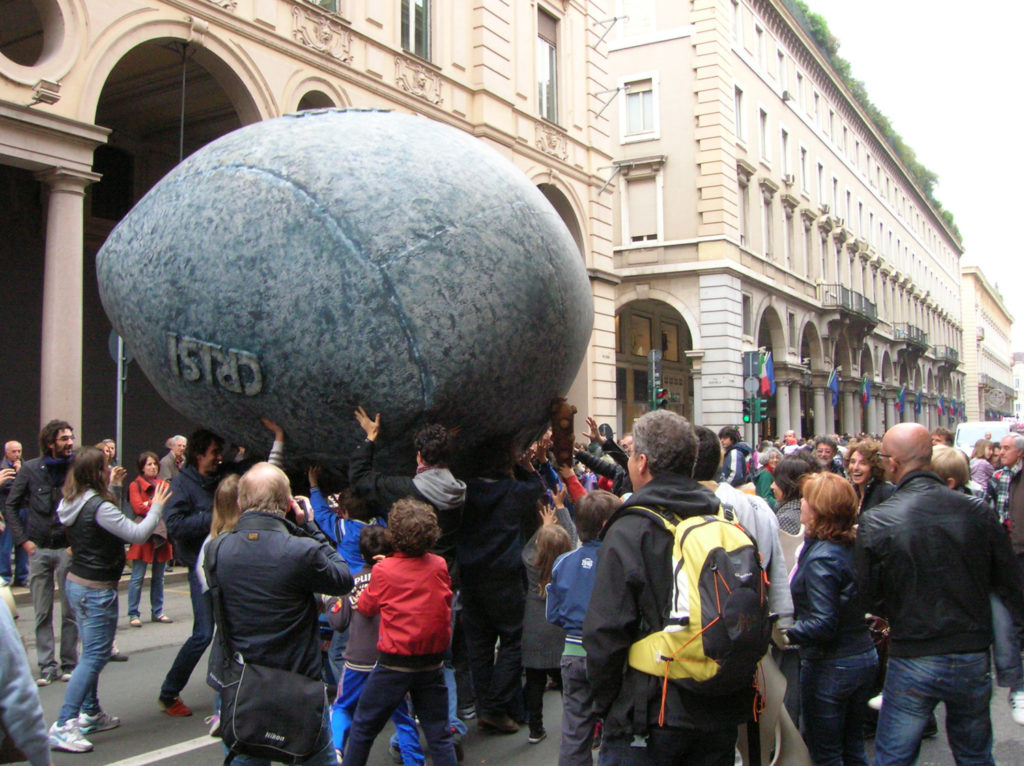
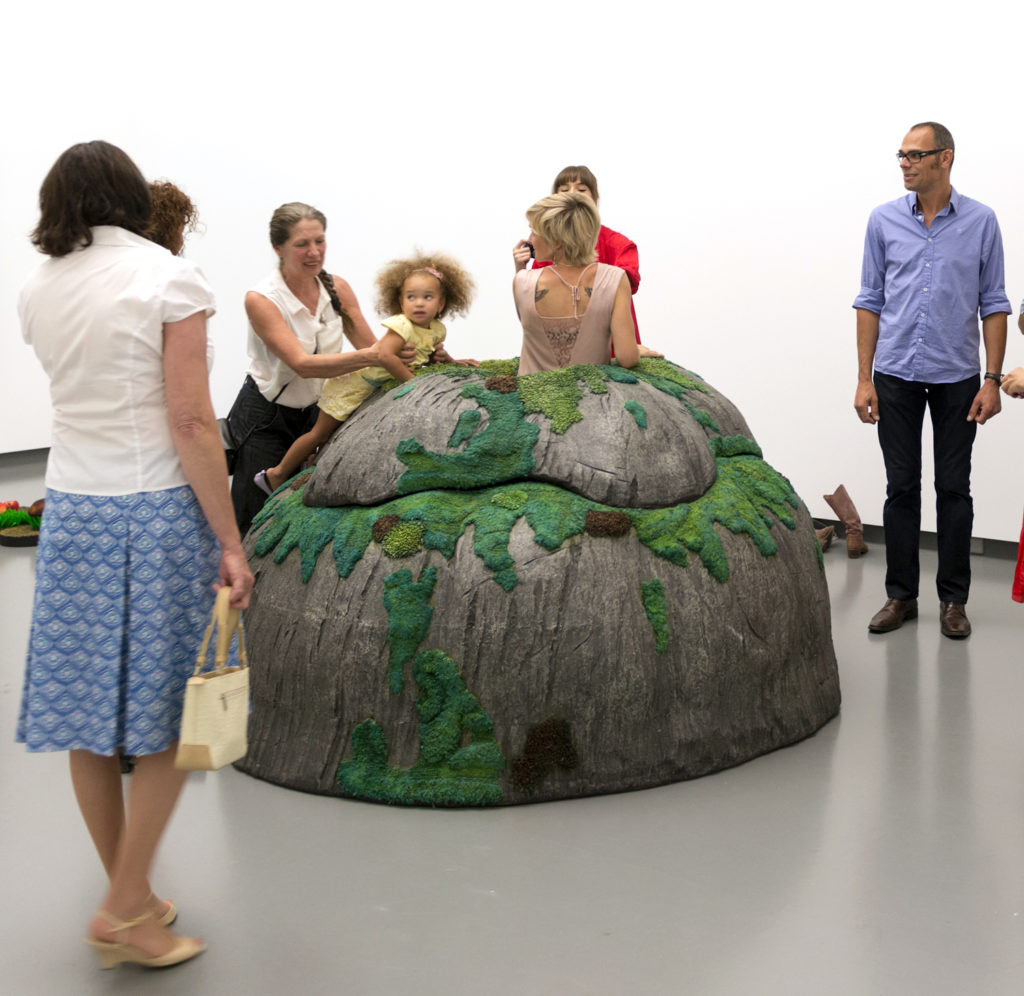
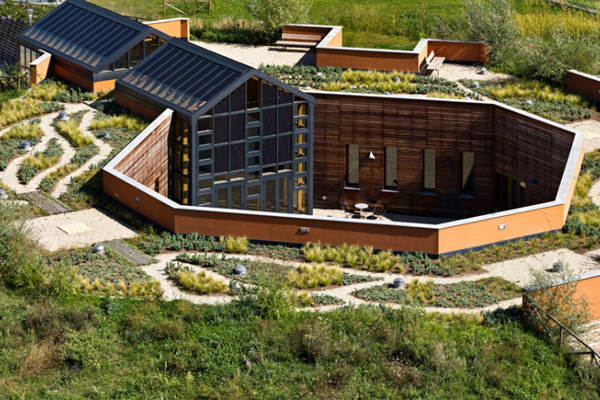

Gallery 3
curated by Hou Hanru, Bartolomeo Pietromarchi and Marco Scotini
Art must become part of life, but as life is alienated, we also need to commit to liberating and disalienating life. Piero Gilardi
With over 60 works, from the famous Nature-carpets to the interactive installations and through to the Living Art Park of Turin, along with important pieces exhibited for the first time in years or reconstructed for the occasion, the exhibition reviews the career of a master for whom art and life are identified with and become militant commitment, starting out from that as an ecologist.
Fifty-year career in which art, criticism and politics are intertwined
From the complex relationship between man and nature, it investigates the era of consumerism and the use of new technologies in a presentation tackling and exploring themes such as ecology, the relational nature of art and social and political commitment.It is divided into four sections, each of which includes both works and archive materials (sketches, texts, original photographs, small works) allowing a comprehensive overview of the artists thinking and poetic.
DISCOVERING THE EXHIBITION | 360° TOUR
THE INHABITABLE ART
POLITICAL ANIMATION
NEW MEDIA ART
THE THEORIST AND THE ACTIVATOR
Cataloghi della mostra
Exhibition catalogue 2017
Nature Forever. Piero Gilardi